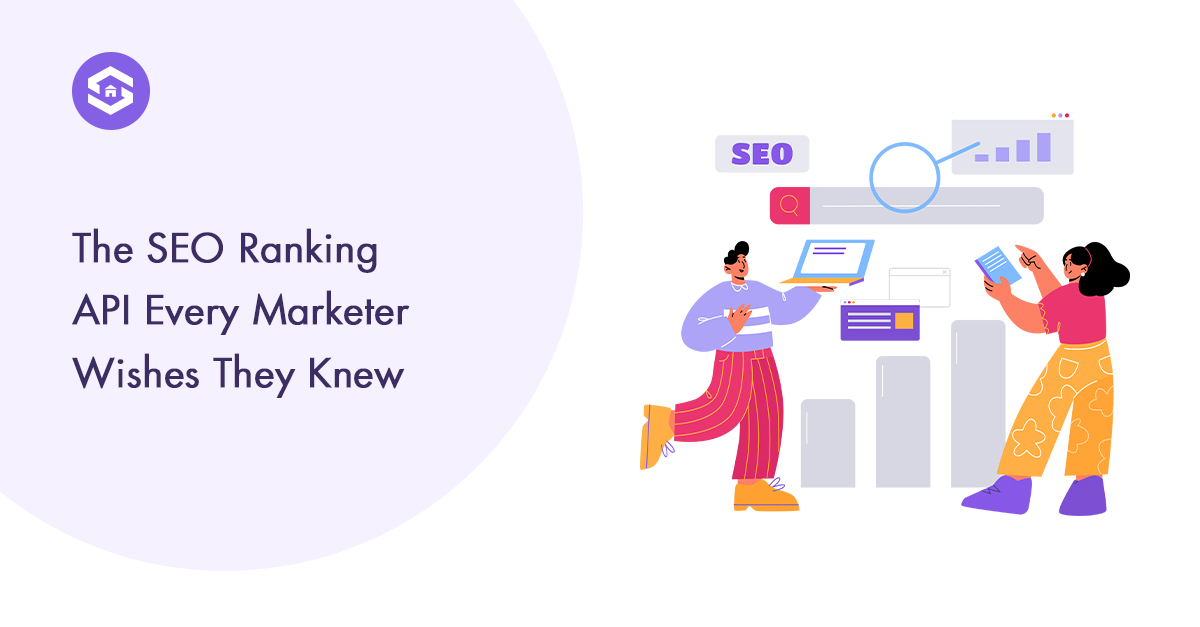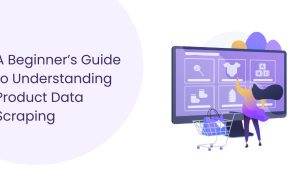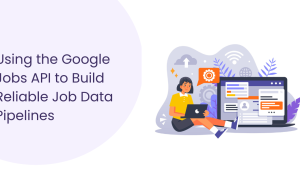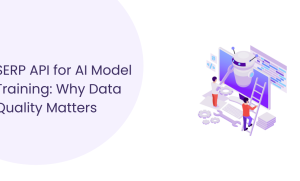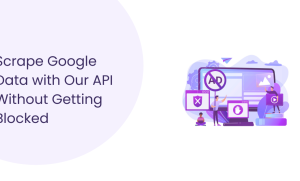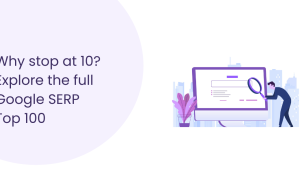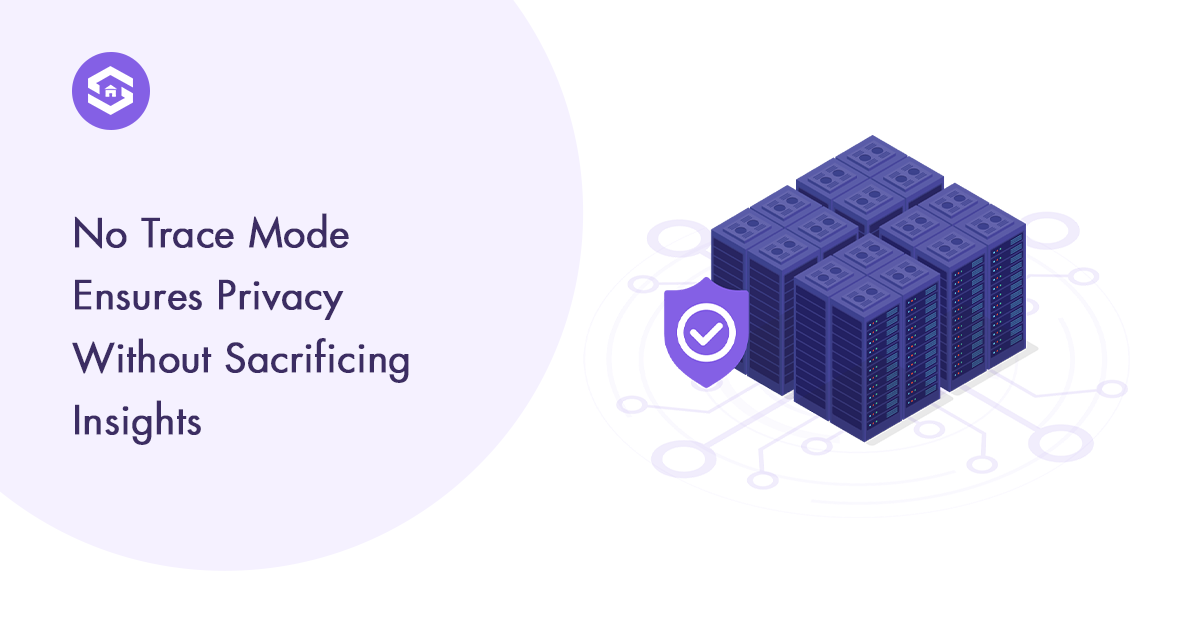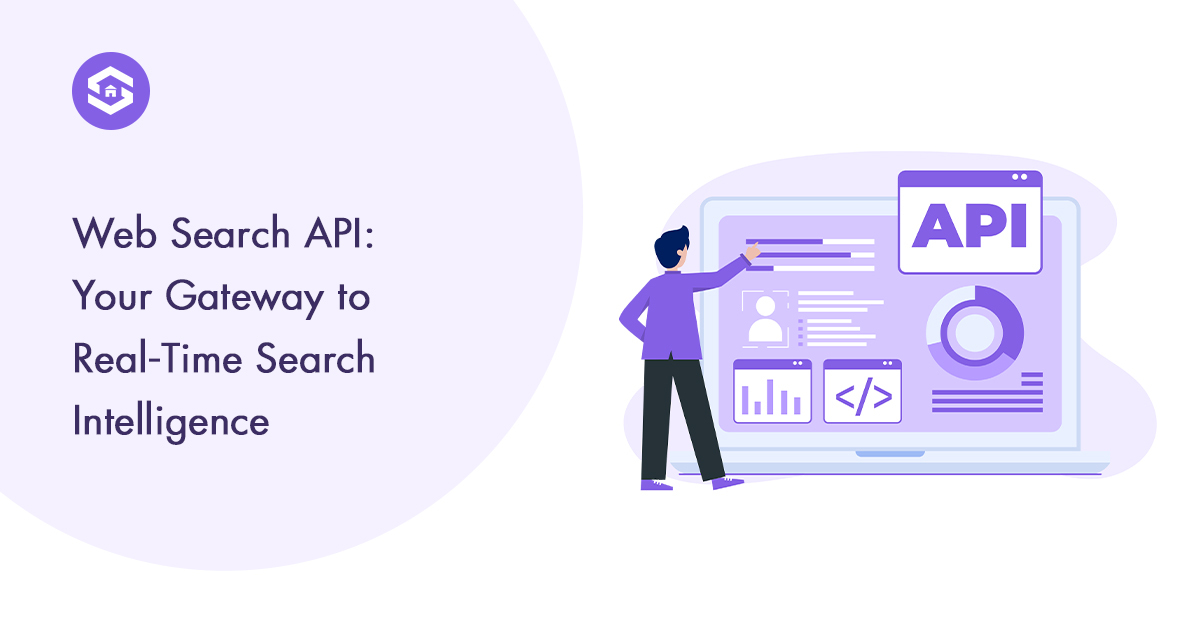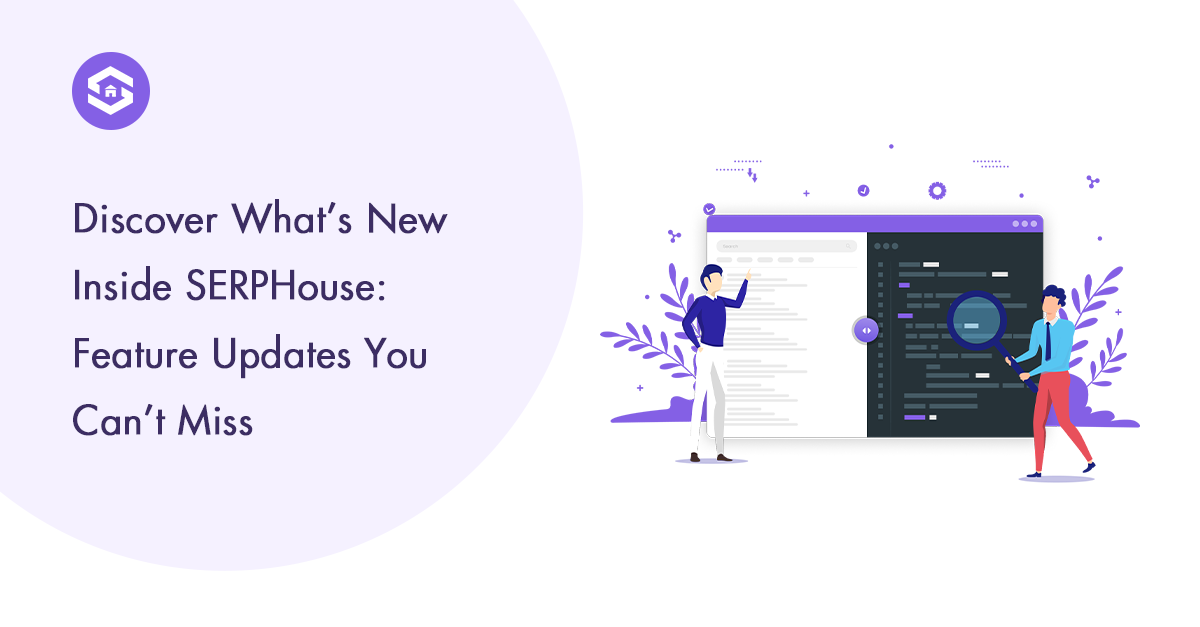Table of Contents
Table of Contents
When it involves building an online presence, nothing matters more than knowing exactly where your website stands in search results. That’s where the SEO Ranking API steps in. Think of it as your direct line to correct insights—helping you track how your pages perform, what keywords drive visibility, and how you stack up against competition. Instead of manually checking positions, this API provides real-time keyword monitoring, search engine results, or even deep SERP analysis immediately on your dashboard.
In this guide, you’ll learn:
- What an SEO Ranking API actually does (and why it’s a game-changer).
- How developers, marketers, and businesses can integrate it for smarter reporting.
- The real advantages of automating rank tracking compared to traditional methods.
- Practical examples of how this data powers SEO strategies.
By the end of this blog, you’ll not only understand the role of an SEO Ranking API but also how to use it to sharpen your search visibility and stay ahead in an ever-changing digital landscape.
What Is an SEO Ranking API (and Why It’s Different)?
An SEO Ranking API is basically your shortcut to real-time ranking data. Instead of refreshing Google results or guessing where your site stands, it shows you exactly how your keywords are moving at any given moment. That means no guesswork, no waiting — just a clear view of your search visibility as it shifts.
What makes it different from traditional tools is how it delivers data. While maximum SEO platforms include dashboards, filters, and fixed reports, an SEO Ranking API bypasses all that and connects at once with your systems. Developers and marketers can pull ranking data into their applications, reports, or dashboards—making it far more flexible. You’re not tied to someone else’s interface; as a substitute, you could create custom solutions that match the way your team works.
Here’s where the real value shows up:
- Keyword Monitoring at Scale – You can track thousands of keywords across different locations, devices, and languages without limits.
- Faster Decision-Making – Use new ranking data to identify opportunities, fix drops, and strengthen campaigns.
- Custom Reporting – Integrate ranking insights into your analytics tools or client reports to provide a single, reliable source of truth.
In easy terms, an SEO Ranking API isn’t just another SEO tool. It’s a foundation for building smarter, data-driven strategies that keep your business ahead in a competitive search landscape.
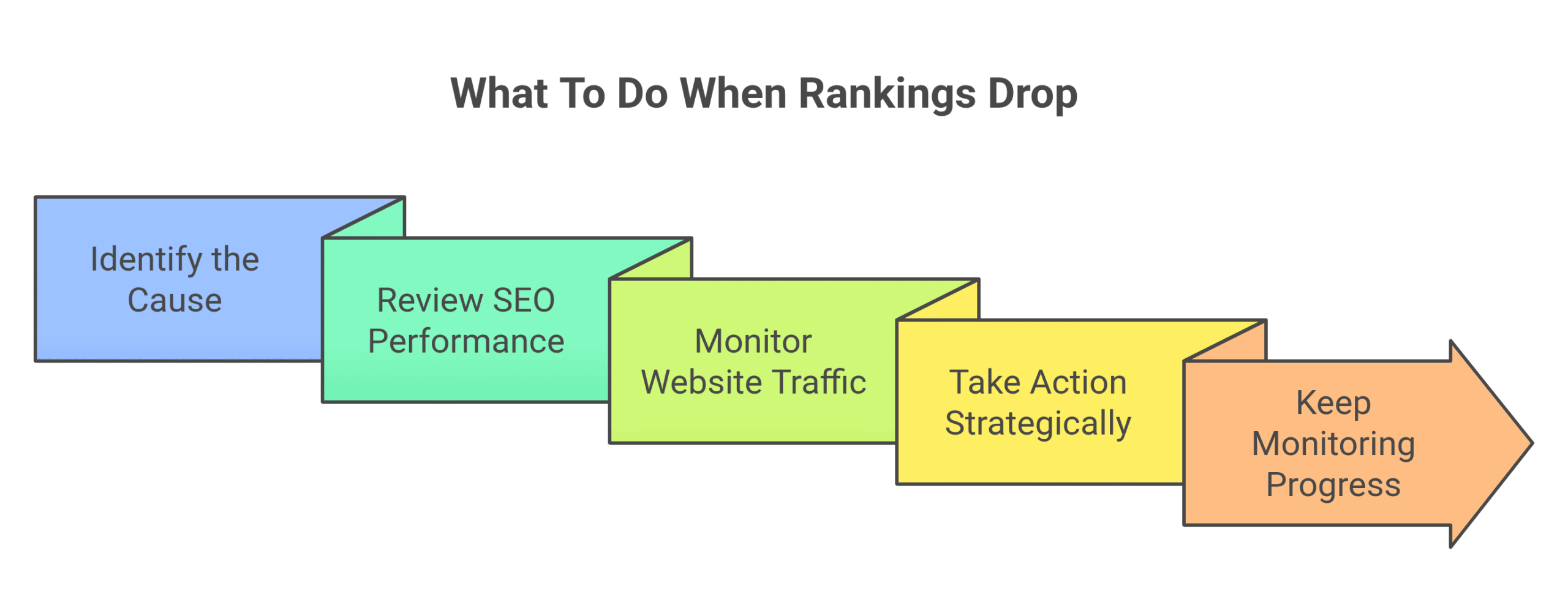
What To Do When Rankings Drop
If you’ve been grinding on your SEO for months, a sudden drop in rankings can feel brutal — almost like all that effort went to waste. But here’s the truth: even the strongest sites see ups and downs. What matters isn’t the dip itself, but how you react to it. A ranking loss is rarely the end — it’s more like a warning light on your dashboard. Something changed, and if you move fast with the right adjustments, you can actually come out stronger than before.
1. Identify the Cause
The first step is to discover why the rankings dropped. Common reasons include Google algorithm updates, technical problems with your web page, or expanded competition. Analyzing the one factors allows you to separate brief fluctuations from real issues that need solving.
2. Review Your SEO Performance
Check your most important pages and keywords. Are they still relevant? Is the content updated? Look at on-page factors like identify tags, meta descriptions, internal linking, and overall content intensity. Strong search engine optimization performance overall depends on keeping content fresh and aligned with user intent.
3. Monitor Website Traffic
A ranking drop often influences website traffic. Use analytics tools to track where you’re losing visits. Sometimes the decline is limited to a few keywords or regions. Other times, it’s broader. Understanding the scope helps you decide whether to make focused changes or a bigger strategic update.
4. Take Action Strategically
Create a clear action plan once you have identified the reason. This could include upgrading outdated data, increasing web page performance, improving mobile usability, or strengthening backlinks. If the issue is algorithmic, exchange your content to fit the new standards rather than waiting for recovery.
5. Keep Monitoring Progress
SEO is never static. After making adjustments, keep track of your rankings, traffic, and conversions. Consistent tracking ensures that your changes are running and prepares you for future changes.
The Step-by-Step Framework to Safeguard Your Rankings
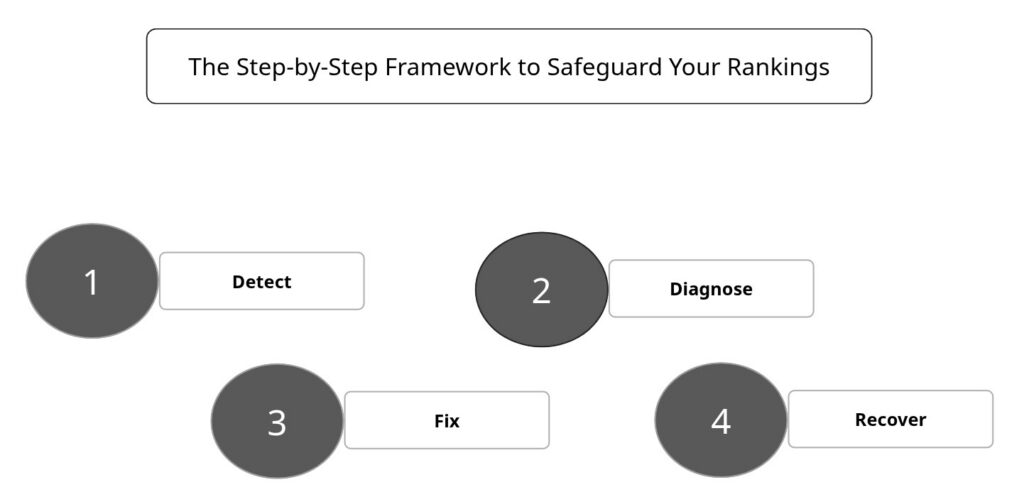
Ranking drops happen — sometimes overnight, and sometimes on a regular basis. They’re not unusual, but how you reply determines whether it’s a temporary dip or a long-term setback. A disciplined framework keeps you on top of things: Detect → Diagnose → Fix → Recover.
1. Detect – Catch the Drop Early
In SEO, speed matters. If you’re only checking rankings once in a while, you’ll always be reacting too late. Daily monitoring should be standard practice, whether through a rank tracker or an SEO Ranking API. Early detection gives you time to act before traffic and conversions take a real hit.
2. Diagnose – Understand What Changed
Rankings don’t fall without reason. Usually, it comes back to one of four things:
- A search algorithm update that reshaped how sites are evaluated.
- Competitors stepping up with fresher, better-optimized content.
- Technical weaknesses on your site — slow loading, broken links, crawl errors, or poor mobile usability.
- Content that no longer matches user intent or has become outdated.
The right move here is data-driven diagnosis. Compare your performance with competitors, run technical audits, and review search console data. Without clarity on the cause, fixes are just guesswork.
3. Fix – Act with Precision
Once the cause is clear, target it directly:
- If content is the issue, refresh it, expand its depth, and align it with search intent.
- If it’s technical, resolve errors, speed up your site, and ensure clean indexing.
- If competition is the driver, outpace them with stronger, more authoritative coverage.
The point is not to rebuild everything from scratch but to deliver specific, high-impact improvements that search engines can immediately recognize.
4. Recover – Monitor and Strengthen
Fixes don’t guarantee instant recovery. You need to track whether rankings, impressions, and clicks are shifting back in the right direction. Once stability returns, enhance it: keep updating content, build durable one-way links, and watch competition closely.Every ranking drop is more than a setback — it’s a signal. It highlights where your SEO strategy can harden and grow. Teams that treat recovery as a learning process end up stronger, with systems in place that protect them from the next fluctuation.
Competitor Benchmarking Through APIs
In SEO, growth isn’t only about improving your own site. It’s also about knowing how competitors are moving. That’s where competitor benchmarking through APIs becomes powerful. With APIs, you don’t just guess where you stand — you measure, compare, and act based on real data.
Why Competitor Benchmarking Matters
Every market is competitive. If you’re not tracking others in your space, you risk losing opportunities before you even notice them. Through APIs, you can bring competitor analysis into your own workflow and spot gaps that traditional tools often miss.
Here are a few ways APIs help:
- Keyword Gaps – On average, most businesses only cover 60–70% of the terms their competitors target. Benchmarking APIs can highlight the missing 30–40%, giving you a clear direction for new content opportunities.
- Market Trends – APIs can show you how interest shifts over time. For example, a keyword that had 1,000 searches last month may now be seeing 2,500 searches — and if your competitors are targeting it, you should too.
- Ranking Movements – Tracking positions daily (instead of weekly or monthly) gives you faster alerts. If a competitor jumps from position 15 to 5, you’ll know instantly and can respond before it affects your search engine visibility.
From Data to Action
Numbers on their own don’t win markets. What you do with them does. With competitor benchmarking through APIs, you can:
- Build custom dashboards showing side-by-side performance.
- Prioritize keywords where you’re just a few positions behind.
- Use competitor data in reports to guide clients or stakeholders with confidence.
Advanced API Use Cases: AI + Predictive SEO
SEO today is no longer about just checking rankings; it’s about staying one step ahead. This is where AI combined with APIs, is opening new possibilities. By blending real-time data with predictive analytics, businesses can start making decisions not only based on what is happening now but also on what is likely to happen next.
Why AI and Predictive SEO Matter
Search is constantly evolving — algorithms evolve, user behaviour shifts, and competition moves fast. If you only look at today’s results, you’ll constantly be reacting. But if you could forecast trends and search intent before competitors, you position your site to capture visibility early. That’s the promise of predictive SEO powered by APIs.
Key Use Cases with Real Value
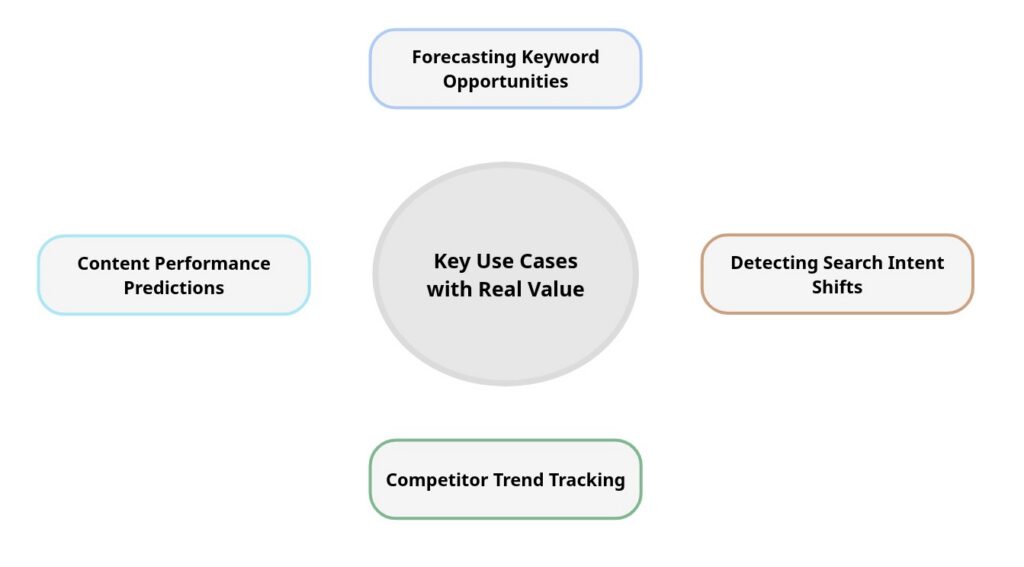
Forecasting Keyword Opportunities: APIs connected with AI models can analyze past ranking patterns and predict which keywords are likely to grow. For example, if a keyword averaged 5,000 searches per month last quarter and shows a steady 20% rise, predictive models can flag it as a target before it peaks.
Detecting Search Intent Shifts: AI can scan SERP features — like People Also Ask or Featured Snippets — and identify when search intent changes. If informational queries are moving toward transactional intent, you can adjust your content earlier than others.
Competitor Trend Tracking: By combining competitor data from APIs with AI models, you can see not just where rivals rank today, but where they’re likely to focus in the next few months. This helps shape future SEO strategies backed by data rather than assumptions.
Content Performance Predictions: Instead of waiting weeks to see if content ranks, predictive models can estimate the probability of success based on keyword difficulty, page speed, backlinks, and historical performance. This allows teams to prioritize the right pages.
API as Your “First Responder” in SEO Emergencies
Every SEO professional knows the moment when rankings suddenly shift, traffic dips, or search results don’t look the same as yesterday. These situations feel urgent because every hour matters. This is where an API acts like a first responder — giving you the fastest way to detect issues and start fixing them before they cause long-term problems.
Why APIs Work Best in Emergencies
When something goes wrong, traditional tools often show you the data too late. By the time reports are generated, competitors may already have adjusted. With APIs, you can pull real-time data on ranking fluctuations, SEO monitoring, and even signals from algorithm changes. That speed helps you see the problem while it’s still developing.
How APIs Help You Respond Faster
Instant Data Access
Instead of waiting for scheduled reports, APIs give immediate updates on keyword positions, SERP features, and visibility. This allows you to confirm changes within minutes, not days.
Pinpointing Affected Areas
APIs can break down data by keyword, device, or location. If only mobile rankings dropped, you’d know right away. If the issue is global, you’ll see that too — making it easier to decide what needs attention first.
Tracking Algorithm Shifts
Sudden changes often link back to algorithm updates. APIs help detect these shifts quickly by comparing current ranking patterns against previous data. If your site lost ground across multiple keywords at once, chances are the algorithm has changed.
Automated Alerts
By integrating APIs with your systems, you can set up automatic notifications. That means you’re not constantly checking dashboards — the alert reaches you the moment a ranking moves outside your set range.
Conclusion
Staying visible in search isn’t about reacting late — it’s about having the right tools to move early, make smarter choices, and stay ahead of the competition. From handling ranking drops to benchmarking competitors and even predicting future opportunities with AI, APIs give you the flexibility and speed that traditional tools simply can’t match.
At the heart of it, the SEO Ranking API becomes more than just a data source; it’s the foundation for building reliable, future-ready strategies. Whether it’s emergencies, competitor insights, or predictive growth, APIs keep you informed and in control — ensuring your SEO decisions are always backed by real, timely data.

